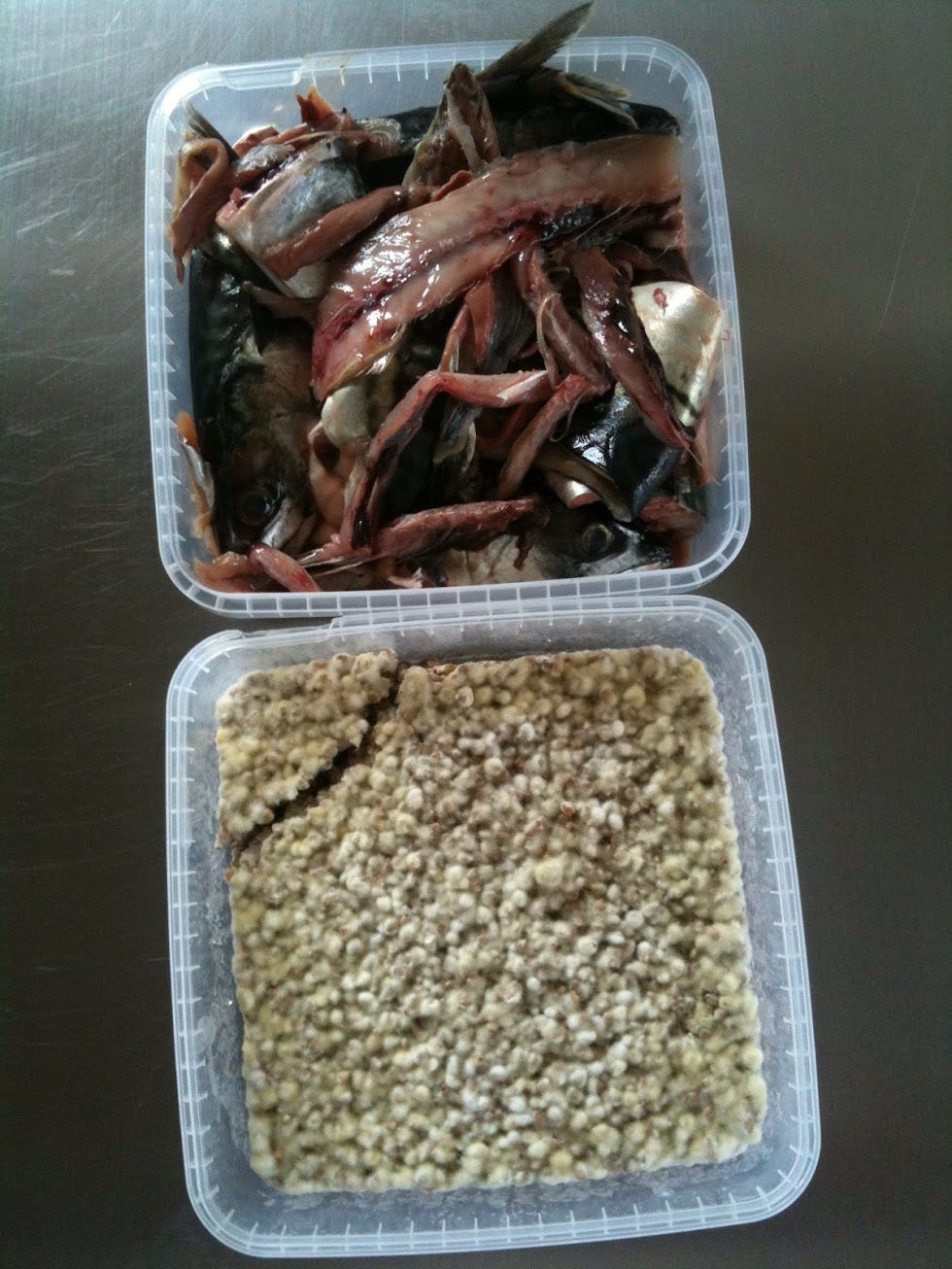I’m Vaughn Tan; this is another of my weekly attempts to make sense of the state of not-knowing. The first issue explains what the newsletter is about; you can see all the issues here.
My first book, The Uncertainty Mindset is a behind-the-scenes look at cutting-edge high-end cuisine … and what it can teach us about designing organizations to be more adaptable and innovative. You can get it here. If you like it, help me out by leaving a review somewhere. Book events are coming soon—tell me what you’d like to see and sign up for notifications here.
Hello again.
There was a decade in which I moved at least every 9-12 months to prove a point to myself. That was too much. After that particularly peripatetic period, I moved every 12-18 months, then every 18-24 months. Staying stationary for longer allows more Stuff to accrete—and Stuff has immense appeal.
I’m saved from drowning in Stuff by an instinct to peel it away whenever the buildup becomes too thick. The last time I did this was after remaining in the same place in Bermondsey for just over two years between 2014 and 2016. In January 2017, I gave away some Stuff, stored the rest, and went to Los Angeles for four months. When I came back from the beach, I lived in Oxford for another half-year. That 10-month period of living austerely out of three bags ended in October 2017. I came back to London, took everything out of storage, and allowed my old Stuff-accreting habits to reassert themselves.
Nearly three years later, I’m moving again.

I usually pack everything myself when I move and I usually also move entirely on my own—in the past, I’ve only hired movers and shippers when relocating across the country or across the ocean. Moving is a forcing function for evaluating Stuff. Frequent moves can enforce concision when decisionmaking and heavy lifting aren’t outsourced to others. Things in continual motion shed unnecessary weight.
That’s what I tell myself.
And it’s probably true. But the road to weightlessness is arduous and irritating. In reality, my waking hours are now spent surrounded by piles of things while consumed by questions of what to keep and what to shed. Why didn’t I do this during the molasses days of lockdown, when every day was filled with time enough in which to hold each object and ask, “Does this spark joy?” Some questions have no good answers.

Even when Stuff has not been used in years and has been hitherto entirely forgotten about—when it is clearly useless—it holds nearly irresistible charm. It is also cognitively less draining to keep useless Stuff and defer a decision on its fate than to commit to shedding it forever.
This is how I ended up, to take just one embarrassingly real example, carrying six boxes of paper from the West Coast to the East Coast then across the Atlantic, without opening them even once in over a decade.

(That’s from “The Pound Weight of the Real,” in Stanley Crawford’s A Garlic Testament.)
This move brought to mind Stanley Crawford’s idea of “working weight.” Over many years and many moves, the working weight of all the useless Stuff I’ve accumulated probably amounts to several tons. Over time, the stupidity of continuing to lift and cart all this useless crap around becomes undeniable. In my case, it’s taken about 20 years.
Last Saturday, as I shredded boxes of papers from the late 2000s, I realized that the appeal of useless Stuff has two related dimensions: “I might need it in for some unknown eventuality” and “I sort of like it.” They’re related because I almost never need any of it, and I only like it because I think I might need it in the future.

Stuff appeals because it comforts. It comforts because it creates the deceptive feeling of being ready for anything. In fact, the opposite is true: the more you know and the more flexible you are, the less Stuff you need. Most Stuff is useless, an albatross disguised as a security blanket.
Admitting that Stuff is useless and deciding to shed it is difficult. To do this requires confronting the reality that uncertain futures require not more Stuff (easy to acquire, ultimately low-value) but more knowledge and flexibility (hard to acquire, ultimately high-value). This confrontation with reality is what makes moving potentially liberating.
I’m not as good at this as I would like to be, but I get better every time. Practice makes perfect.

Photos: Until Issue #52, each week’s photos will be selected from the thousands I took during fieldwork for the book. This issue’s photos are: what proved to be an abortive attempt at mackerel garum at Amaja (2011); making vegetable gummy worms at the Cooking Lab (2012); constructing the space of MAD5 (2016); preparing a laborious raviolo at the Fat Duck (2011).
By the way: This newsletter is hard to categorize and probably not for most people. But if you know people who might enjoy it, please share it with them.
You can find me on the web at www.vaughntan.org, on Twitter @vaughn_tan, on Instagram @vaughn.tan, or by email at <uncertaintymindset@vaughntan.org>. You can also find out more about my book at www.uncertaintymindset.org.



